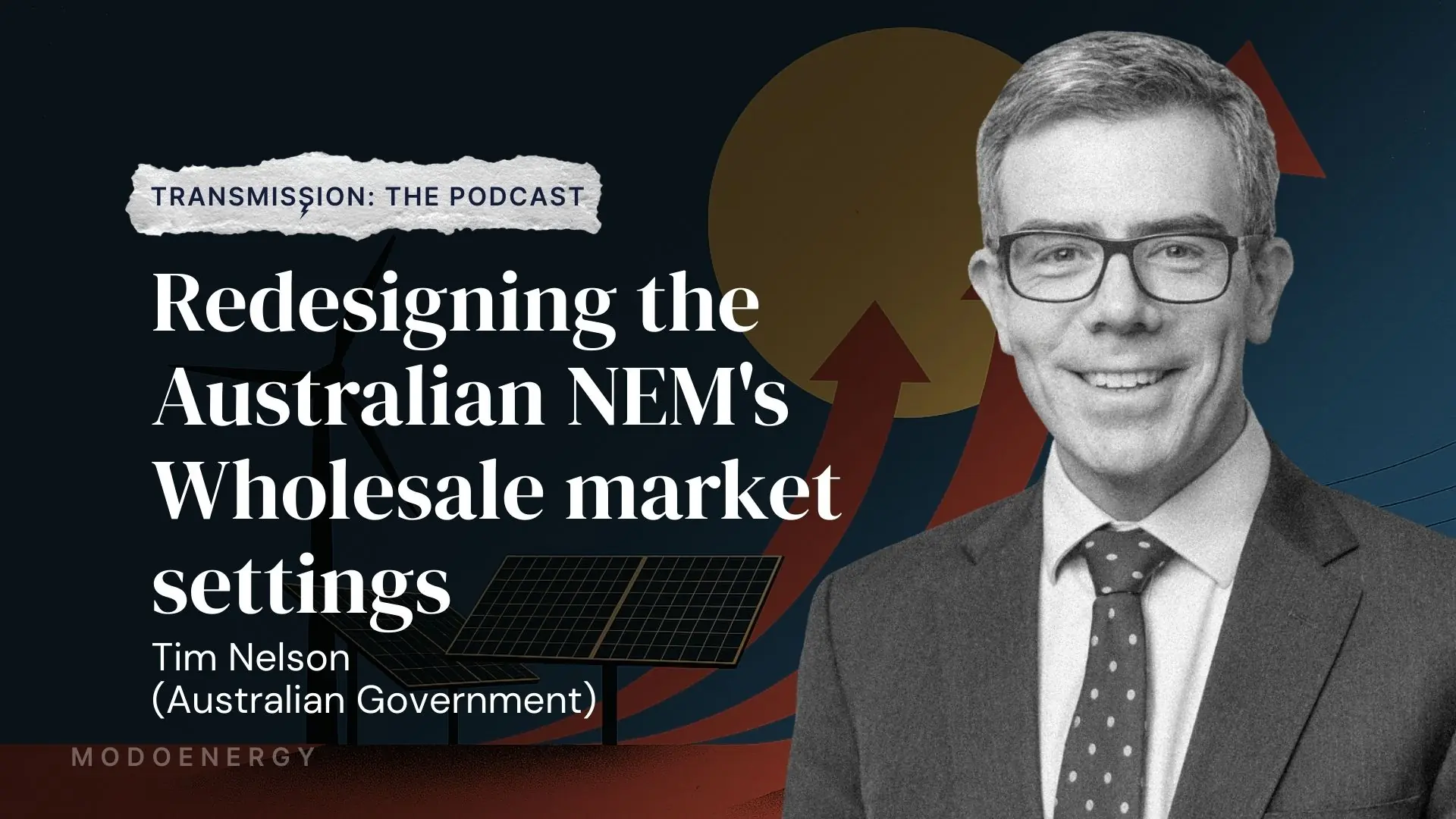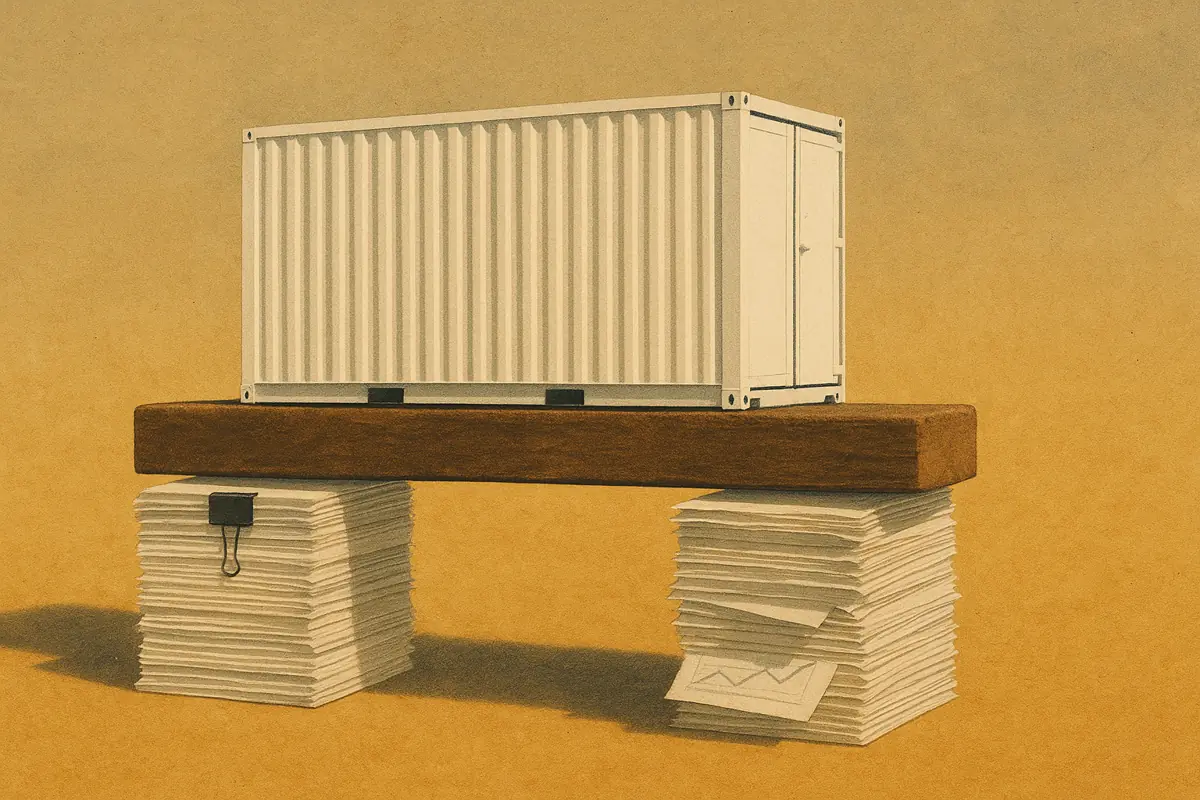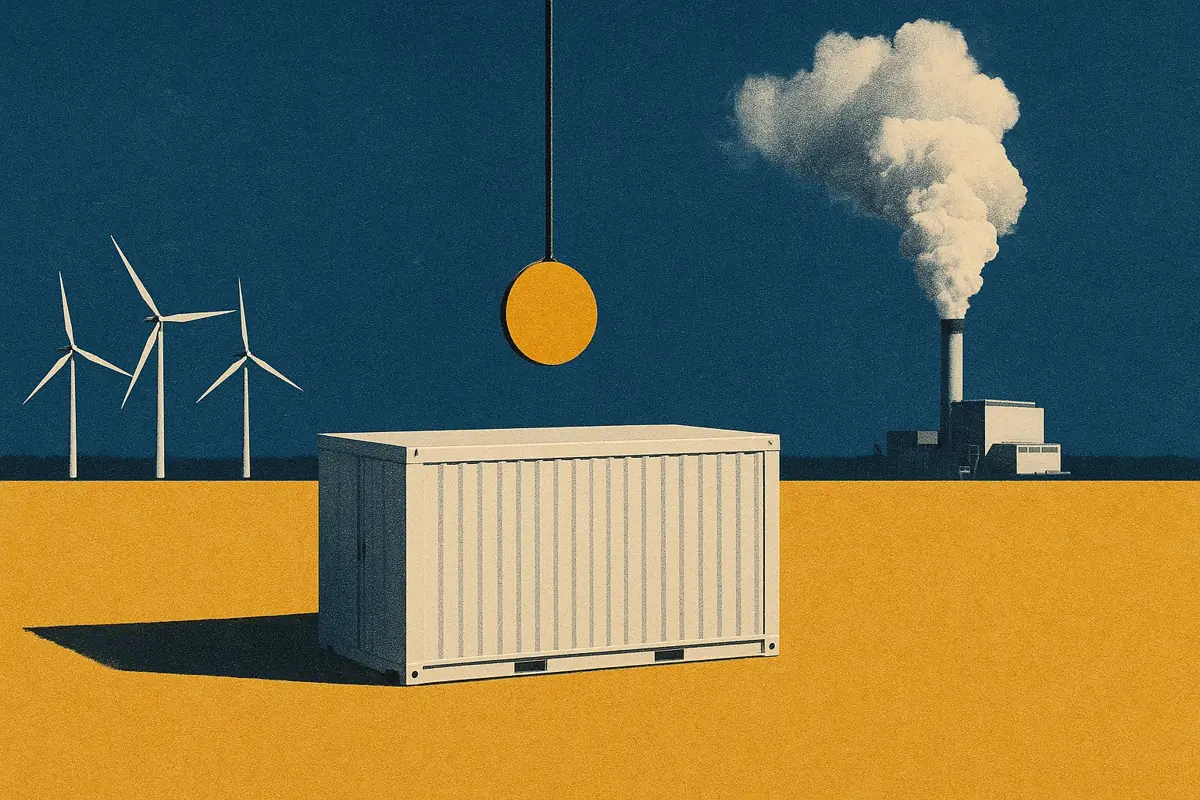Closing out 2024, December brought key updates for battery energy storage in Great Britain. NESO’s new Quick Reserve service launched, boosting revenues and expanding market opportunities for batteries.
We investigated the impact of falling lithium prices and lower Capex on augmentation. The Capacity Market prequalification results gave us an initial insight into what to expect in the final auction. And, of course, revenues ended on a two-year high of £84k/MW/year after starting the year at an all-time low.
December summary
- Batteries had their highest single revenue day in two years on 12th December.
- Battery revenues reached a two-year high of £84k/MW/year driven by high power prices during periods of low wind.
- NESO’s new Quick Reserve service launched in December, with 36 batteries securing 95% of accepted volume on the first day.
- Falling lithium prices and reduced Capex have mean adding an extra hour of energy capacity to one-hour systems now costs half as much as building a new site, with returns projected to outpace new builds by 2026.
- The T-4 2028/29 auction has 48.7 GW of prequalified capacity, with 55% of conditionally prequalified capacity from batteries. Higher de-rating factors have doubled battery capacity compared to the previous year.
- The T-1 2025/26 auction saw 9.8 GW prequalified—3.3 GW above NESO’s target—potentially signaling lower clearing prices.
- In our 2024 battery markets year in review we found that battery revenues in 2024 increasingly relied on wholesale trading and the Balancing Mechanism, moving away from frequency response. High and low wind periods drove revenue spikes. December marked record dispatch volumes and earnings in the Balancing Mechanism. Two-hour systems led the buildout, while new services like Quick Reserve and Balancing Reserve played a growing role.
Quick Reserve gives battery revenues a boost
NESO's new Quick Reserve service went live at the start of December. 36 batteries participated in the first auction and secured 95% of all accepted volume. Some early-moving batteries were able to earn up to £94k/MW/year in the service.

As seen on the first day of Balancing Reserve auctions in March, clearing prices were volatile - ranging from £0 to £26.63/MW/h. Prices averaged £10.91/MW/h in the positive service, while negative prices averaged £6.32/MW/h.

In December, the addition of this service meant total battery reserve volume increased from 160 MW to 580 MW on average. This, combined with high clearing prices due to high wholesale spreads, meant Reserve revenues increased from £1k/MW/year to £11k/MW/year in December.
Learn more about the first day of Quick Reserve in the article here.
And find out how the service performed throughout all of December here.
Augmentation could soon give higher returns than building new BESS sites
Adding an extra hour of energy capacity to a one-hour system now costs half as much as building the one-hour site from scratch.
Lithium prices have now returned to their pre-2022 historical average. Modo Energy’s central forecast scenario projects these costs falling further, as more supply comes online. Battery owners may be looking to capitalize on falling Capex to augment sites.

Frequency response services made up over half of the revenue stack for batteries in 2023. Because batteries in these services are paid based on power rather than energy, adding an extra hour of energy capacity to a site only increased revenues by 23%.
However, battery capex has fallen and batteries have also moved into energy trading markets, which now make up nearly half of the stack.This means that adding an extra hour of energy capacity to a one hour system costs half as much as building the one hour site from scratch.
To read more about the returns for project augmentation, and its practicalities, head to the article.
Batteries could have a significant impact on clearing price in the T-4 2028/29 auction
48.7 GW of de-rated capacity has prequalified for the T-4 2028/29 Capacity Market auction — 4.7 GW above NESO’s target.
Of the 48.7 GW of prequalified capacity, 6.6 GW is conditionally prequalified. Before participating, these units will need to fulfill specific conditions, such as lodging credit cover or submitting Relevant Planning Consents.

Batteries makeup 55% of conditionally prequalified capacity. Historically 44% of conditionally prequalified battery capacity goes on to enter the auction. Therefore, if these units do not go on to achieve full prequalification, they could reduce the margin in the auction, leading to a higher price.

14 GW of battery connection capacity has been prequalified for the auction at a de-rated capacity of 4.1 GW.
Following NESO's updated de-rating factor methodology for battery energy storage earlier this year, battery de-rating factors in the T-4 2028/29 increased by 35%. This means batteries have seen their highest de-rated capacity prequalified for the auction - double what was in the T-4 2027/28 auction.
Head to the article to learn more about the prequalified capacity across all technologies and batteries and what this could mean for prices.
T-1 2025/26 Capacity Market prequalified capacity is over target by 3.3 GW
The prequalification results for the T-1 2025/26 Capacity Market show 9.8 GW of de-rated capacity has prequalified for the auction —3.3 GW above NESO’s target. Of the 9.8 GW of prequalified capacity, 1.3 GW is conditionally prequalified.
Even if these units were to drop out of the auction, there would be an excess of 2 GW. With T-1 auction prices declining since the 2022/23 delivery year, this excess capacity could signal a low clearing price.

The full article has more about the prequalified capacity across all technologies and batteries and what this could mean for prices.
The battery revenue stack evolved in 2024
2024 was an interesting year for battery energy storage revenues in Great Britain. Batteries became less reliant on frequency response services and moved to high-energy services such as wholesale trading and the Balancing Mechanism.
New services, market processes, and policies were introduced, and the number of systems, owners, and operators in the market increased.
One of the key features of 2024 was the link between wind generation and revenues. With battery revenues driven by wholesale power prices and their spreads, periods of high and low wind were crucial for determining battery revenues.

In the Balancing Mechanism, throughout 2024, the total dispatched volume from batteries increased by 15% on average each month. In addition, the in-merit dispatch rate also increased. Batteries saw record dispatched volumes and revenues from the service in December.
Other key events from the year include:
- The dominance of two-hour systems in battery buildout,
- Gresham House's series of battery augmentation and their unique tolling agreement with Octopus,
- The introduction of the two new services - Balancing Reserve and Quick Reserve,
- And the emergence of new systems, owners, operators and operational strategies.
To learn more about the projects, owners, market updates and strategies shaping 2024—and what’s coming in 2025—head to the full article.
The transformation of global battery markets
The global battery energy storage market is undergoing rapid transformation. The decline in cell prices, fueled by fluctuations in lithium costs, has seen a surge in battery production, particularly in regions like China. However, the potential introduction of tariffs on U.S. manufacturers highlights the challenges of navigating the balance between global supply chains and domestic production.
Considering this and the emergence of alternatives to lithium-based technologies, what do the future costs and demand for battery energy storage look like?
Iola Hughes, Head of Research at Rho Motion joins Ed Porter to discuss the dramatic drop in cell prices and the concept of tiered battery quality and its impact on pricing.
In addition to this, other topics discussed on the podcast include:
- Hydropower and long-duration energy storage with Kate Gilmartin - Kate and Ed discuss the different types of hydropower and the role of this technology in long-duration energy storage.
- An introduction to Australia’s National Electricity Market (NEM) with Alex Leemon—This episode of Transmission examines the electricity transition in Australia, provides an overview of the country's largest market, examines the current state of battery energy storage buildout, and discusses the challenges facing the system.







